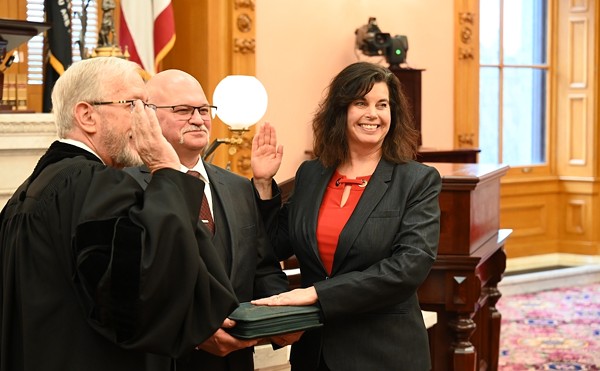Ohio will need to spend $1.1 billion annually on public transit by the year 2025, a new study commissioned by the Ohio Department of Transportation says.
That’s nearly double the money the state currently spends every year on public transportation, including buses and rail service. However, the state has been trending in the opposite direction, spending 80 percent less a year than it did in 2000.
The report on Ohio’s future transit needs was undertaken by consulting firm Nelson Nygaard.
Ohio’s population trends — the state is skewing older, poorer and less likely to drive cars — mean that more people in the future will need buses and rail service, the study says. Meanwhile, robust public transit options are becoming a key way cities compete to lure new businesses and young, educated residents to urban areas.
Currently, nearly one in 10 households in Ohio don’t have a car.
“All these demographics tell us transportation’s important now. It’s going to be more important in the future,” said Bethany Whitaker, a consultant with Nelson Nygaard at a transportation town hall meeting in Cleveland Oct. 22.
Even as need goes up, state expenditures for transportation have gone down. Gov. John Kasich has overseen a 33 percent drop in state money budgeted for transit since taking office in 2011.
Kasich has generally been an opponent of transportation funding, a stance that has had local repercussions. In 2011, Kasich pulled more than $52 million in state funds for Cincinnati’s streetcar project.
The state spent $658 million last year on transit, but that number is a bit deceptive. Most of the money came from federal grants and other sources, with only $7.3 million coming from the state’s coffers. In 2000, the state spent $44 million on transportation.
Ohio spends less than a dollar per resident for public transportation, among the lowest in the country.






